In this educational piece, cinematographer Mathieu Vié helps us to get a rare in-depth look in one of the marvelous filmmaking tools ever made – An IMAX film camera. What’s like to shoot on an IMAX beast? Read on to find out.
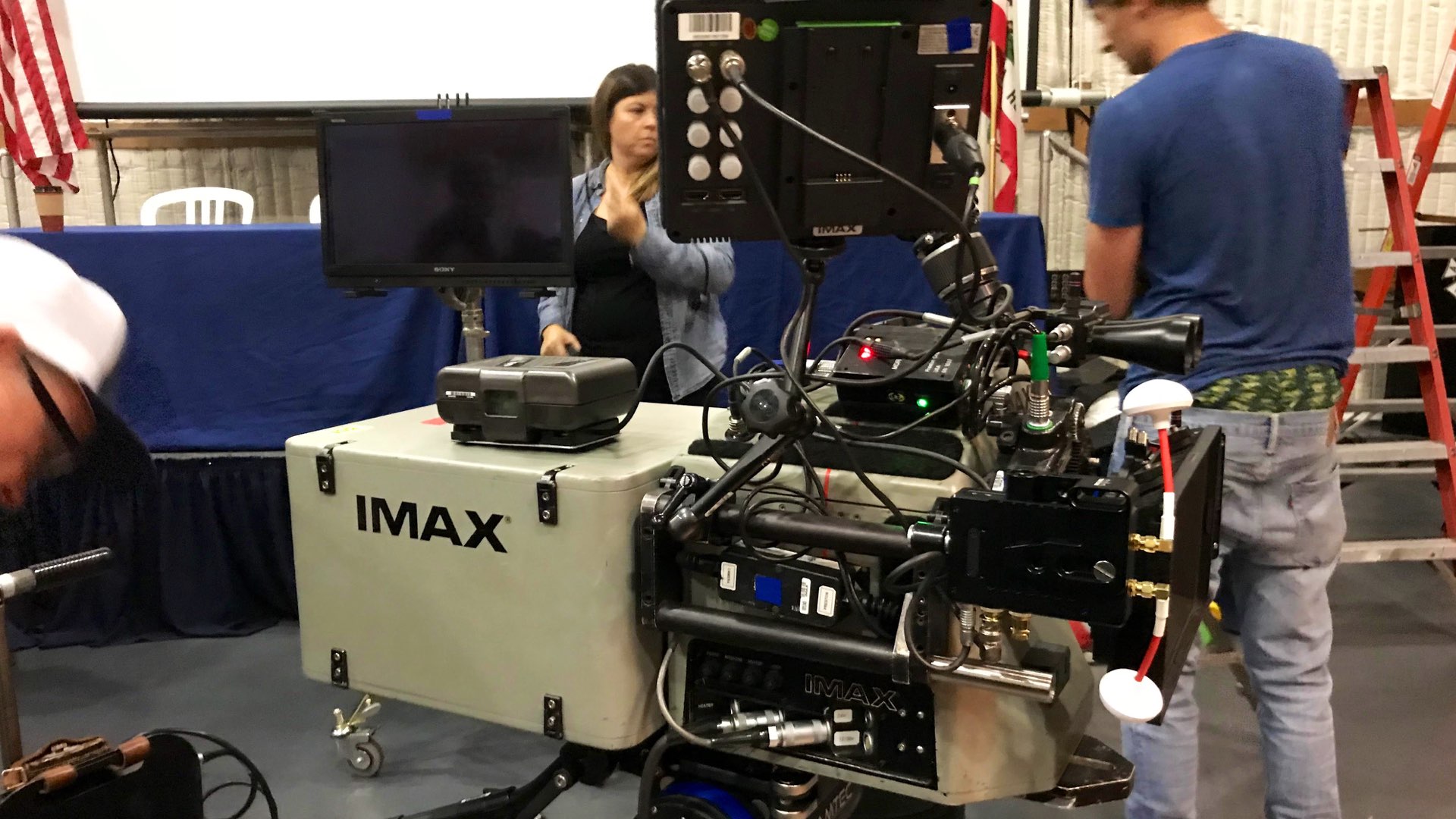
IMAX film cameras: Shooting for the giant canvas
IMAX cameras, especially those that utilize film stock, are still considered as top-notch regarding imagery. Even with all the digital goodies, high-end technologies, and ultra-resolution out there, IMAX cameras remain superior. Although there are multiple ways to shoot for the giant canvas, like using high-end cameras (RED Monstro, ALEXA LF, 65, and Panavision), the most accurate pathway to the IMAX theater remains IMAX cameras. Unfortunately, there are limited resources regarding IMAX cameras and IMAX shooting methodologies, since they are rare and require specialized training.
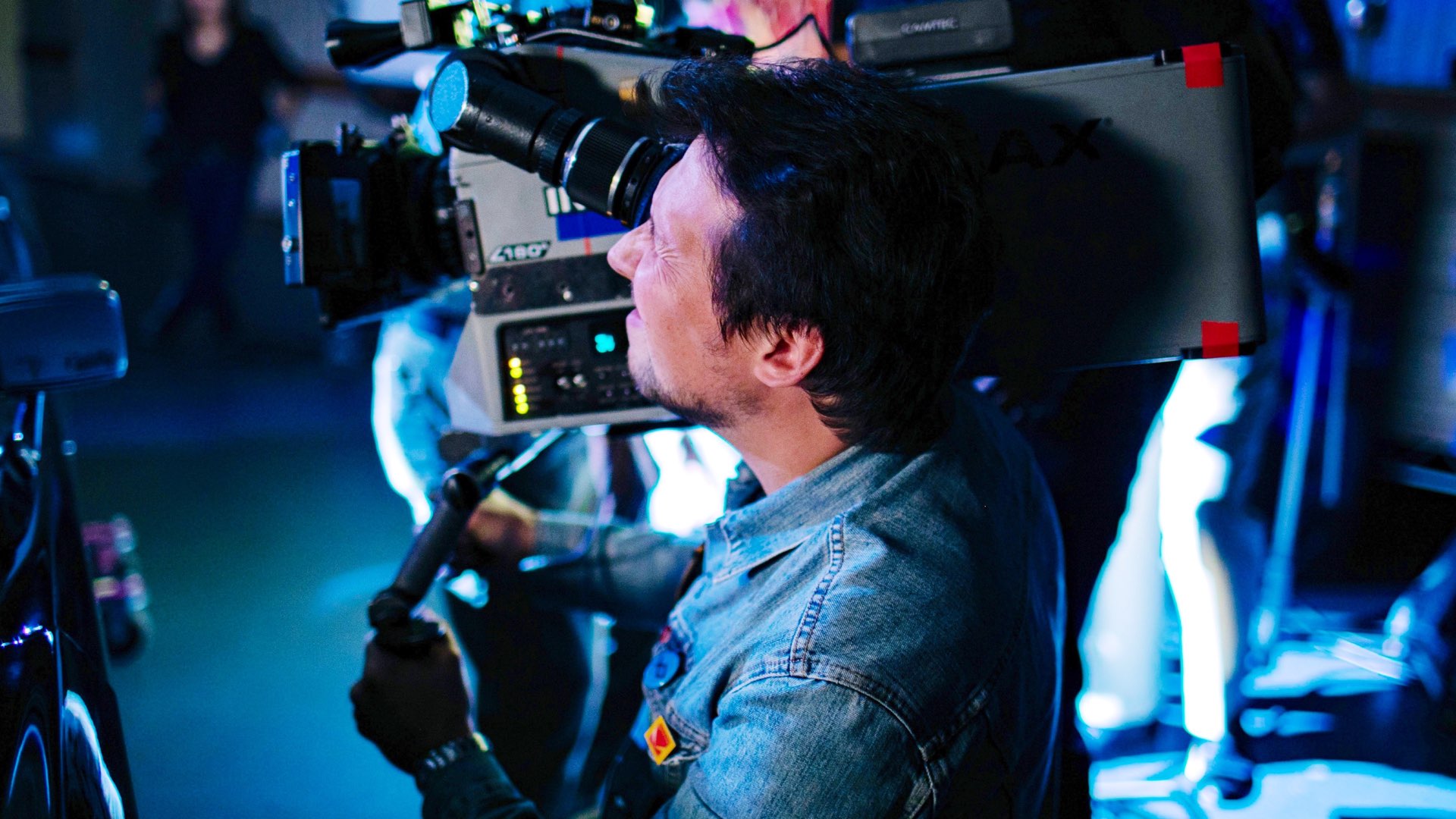
When you get face to face with the MSM, it’s like meeting your hero in person
Cinematographer Mathieu Vié
Interview with IMAX shooter, Mathieu Vié
Y.M.Cinema Magazine has reached out to cinematographer Mathieu Vié who is highly experienced with IMAX cameras, to shed light on this fascinating piece of machine. Mathieu Vié was born in France, and he’s been working as a cinematographer for about 11 years. “I’ve started shooting film in 2012, willing to discover different kinds of formats as I was only shooting digital. I immediately fell in love with 35mm when I realized how magical it was. After that, I experienced different film formats: 16mm, S16mm, Super8 (I did shot some footage for the tests of the Kodak Super8 Camera) and even though I thought I would never have the chance to shoot 65mm, I finally had the huge honor to shoot IMAX” he says. Read the whole interview below.
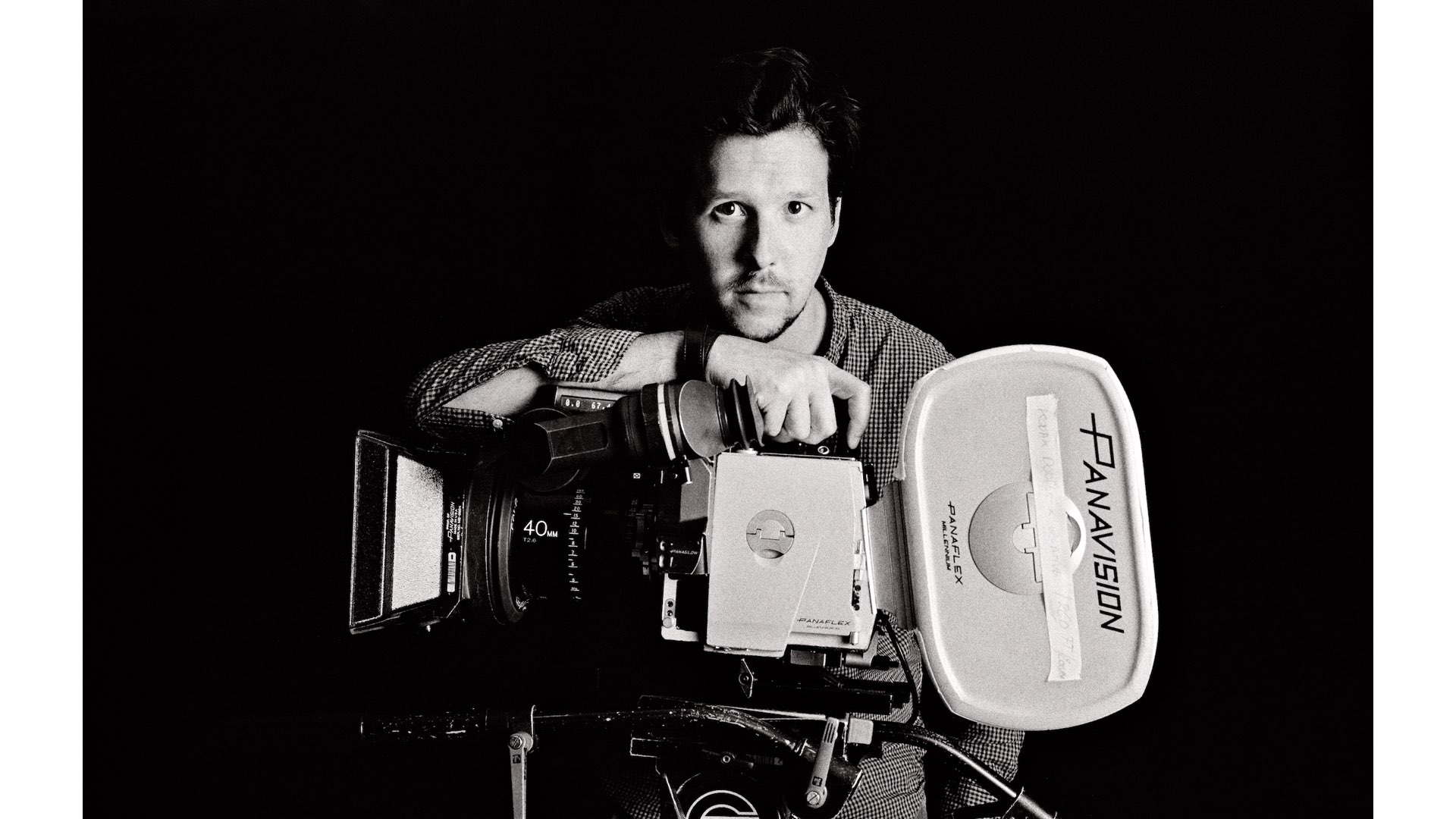
Shooting handheld with the IMAX
Y.M.Cinema Magazine: What’s like to shoot on an IMAX camera? Is it hard to operate? Is it intuitive and straightforward, like an ALEXA?
Mathieu: Shooting IMAX is extremely impressive at the beginning. I wasn’t a beginner in shooting analog film, I was used to shoot with the lovely Panaflex Millenium XL2, which is not a small camera, but when you get face to face with the MSM, it’s like meeting your hero in person. As I saw Hoyte Van Hoytema A.S.C, F.S.F, N.S.C, shooting IMAX handheld, I wanted to try it handheld as well. Of course, it is heavy, and you must (for your mind’s tranquility) have a strong grip behind you just in case, but operating this camera is not as tough as I had imagined. I wouldn’t run all day long with it on my shoulder, but you can definitely shoot some shots like this, and give to your cinematography the shaky look. About the intuitive side, I think it is not really comparable as there are no menus or presets, as you can find in a digital camera. The MSM is a film camera: a dark box where the light-sensitive film goes through. You just have to take your light-meter and do your job!
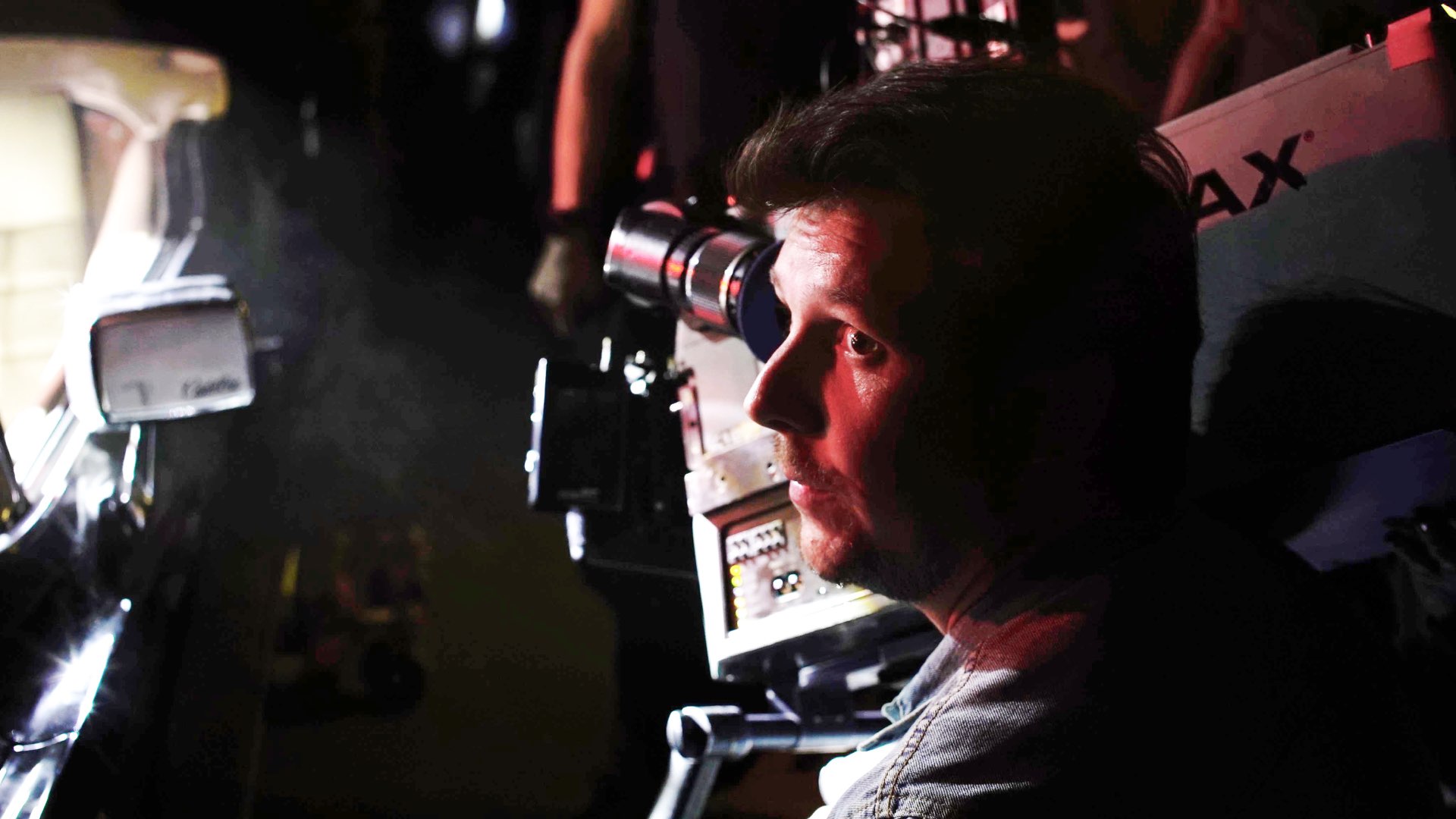
I wouldn’t run all day long with it on my shoulder, but you can definitely shoot some shots like this, and give to your cinematography the shaky look
Cinematographer Mathieu Vié
IMAX film camera: fast and noisy
Y.M.Cinema Magazine: Please elaborate on IMAX cameras from technical perspectives. Explain a bit the main differences between film and digital IMAX cameras.
Mathieu: IMAX cameras are film cameras. As I mentioned before, it works the same way as any other film camera. It’s closed, lightproof, and the film runs through it. The difference is in the film format itself: 65 millimeters! But there are two kinds of 65mm cameras: The Panavision System 65, for example, that have been used by Quentin Tarantino on “The Hateful Eight.” However, this camera runs the film vertically, like almost all film cameras, except VistaVision, and on five perforations. This is the major difference with IMAX. Indeed, the IMAX runs the film horizontally, so it prints every photogram on 15 perforations. That’s… Huge! But that creates some issues that must be corrected: the film plane is so big, that to maintain it perfectly flat, IMAX cameras have a vacuum behind the gate. The size of the photograms forces the camera to run faster than a classic camera, to be able to print twenty-four frames per second. This makes the camera very noisy and forbids the shooting of quiet scenes. Christopher Nolan and Wally Pfister A.S.C considered shooting “The Dark Knight Rises” entirely on IMAX, but after some tests, they realized that is was not possible.
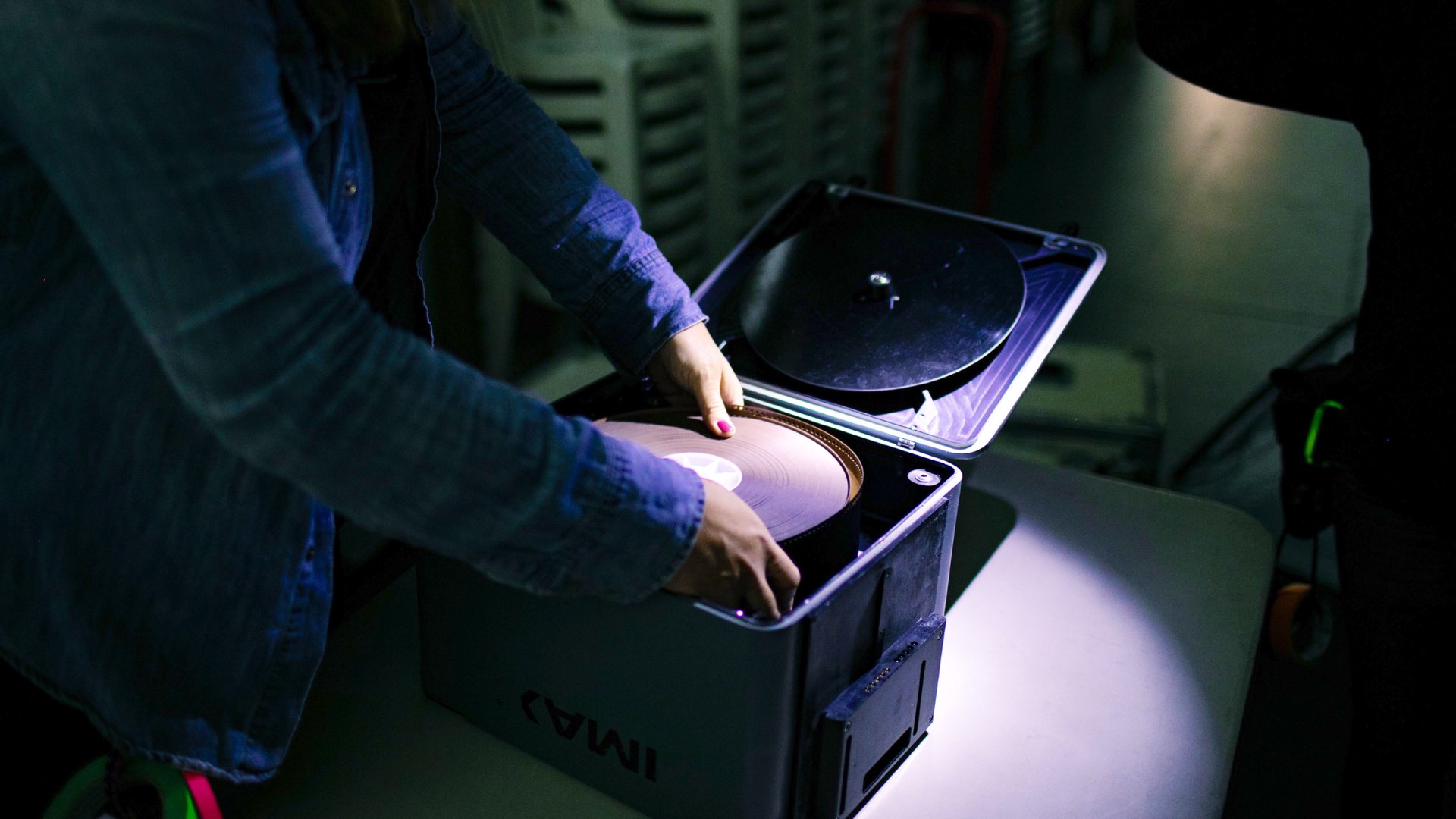
The IMAX runs the film horizontally, so it prints every photogram on 15 perforations. That’s… Huge!
Cinematographer Mathieu Vié
Furthermore, when you shoot IMAX, you can’t shoot exactly the same way as you shoot classic film or digital. First of all, you always have with you someone from IMAX that will be a technical assistant to the camera, supervising loading and threading the camera. Then each roll of 1000’ is equal to 3 minutes of film (when shooting 24 frames per second) and reload is a bit longer than a 35mm camera. That’s for the technical point of view. But you can’t shoot the same way also from a composition point of view. Indeed, when you shoot IMAX, the final image is so massive, that you must keep the action centered in your frame, or you take the risk to lose your viewer’s attention. And for your Focus Puller’s sanity, try not to shoot wide open on a large format film, as the depth of field will be extremely narrow!
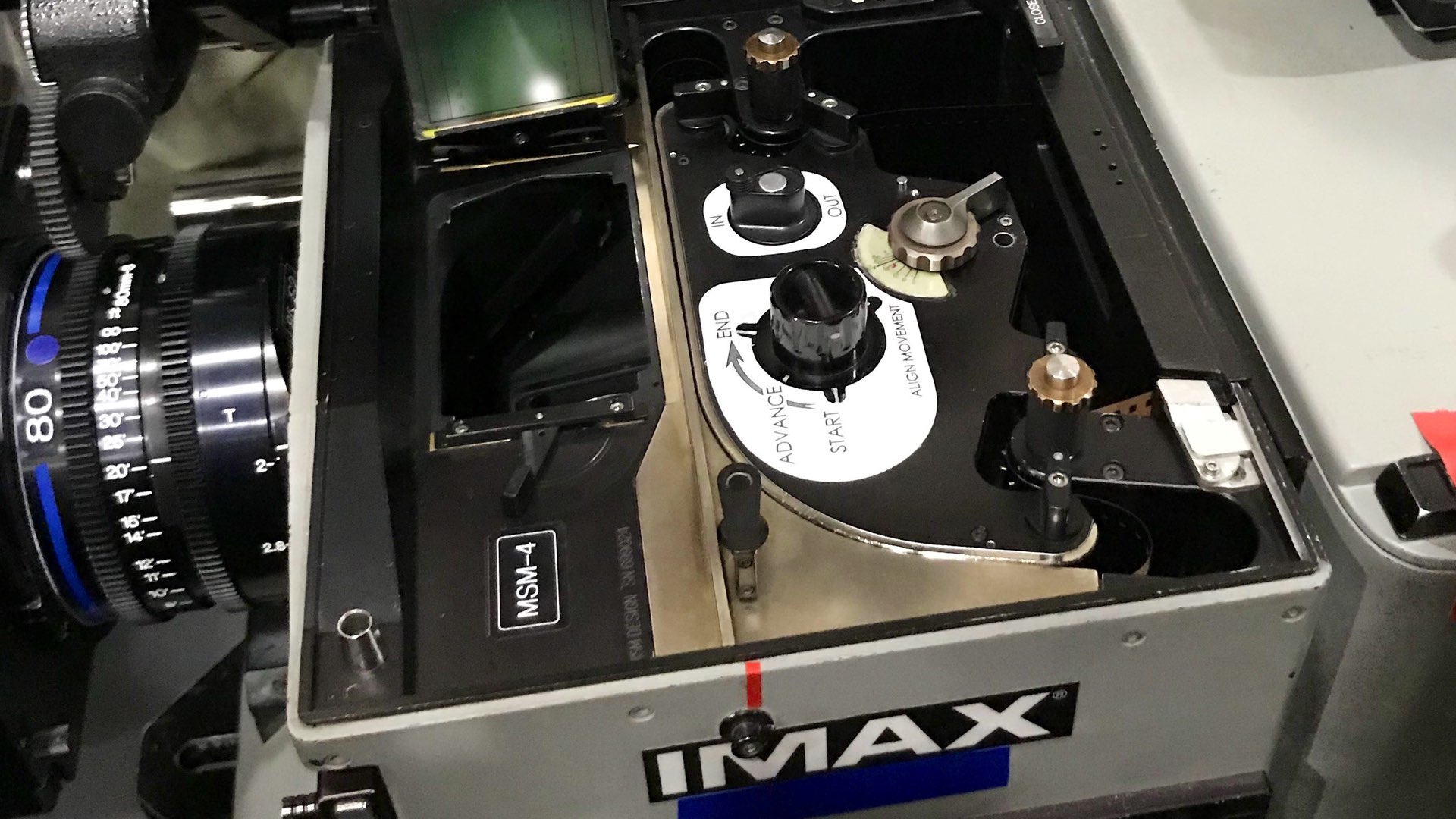
Each roll of 1000’ is equal to 3 minutes of film (when shooting 24 frames per second) and reload is a bit longer than a 35mm camera
Cinematographer Mathieu Vié
Costs
Y.M.Cinema Magazine: How much IMAX camera costs?
Mathieu: There’s a lot of truths for this question: Will you be shooting close to IMAX Headquarters? How many days? How many film rolls? One thing sure thing is that IMAX is costly. Some people mention the price of $15.000/Week-End; some say it’s cheaper. I’m not a producer, so I won’t be able to be really precise on this point. A roll of 1000 feet of 65mm Kodak film is around $1000, then you have to process it, and scan or print it… So if you plan to shoot your budget-less short film on IMAX, it might be complicated, but on productions with money, and if you accept the idea to make IMAX a priority, you may be able to make it possible!
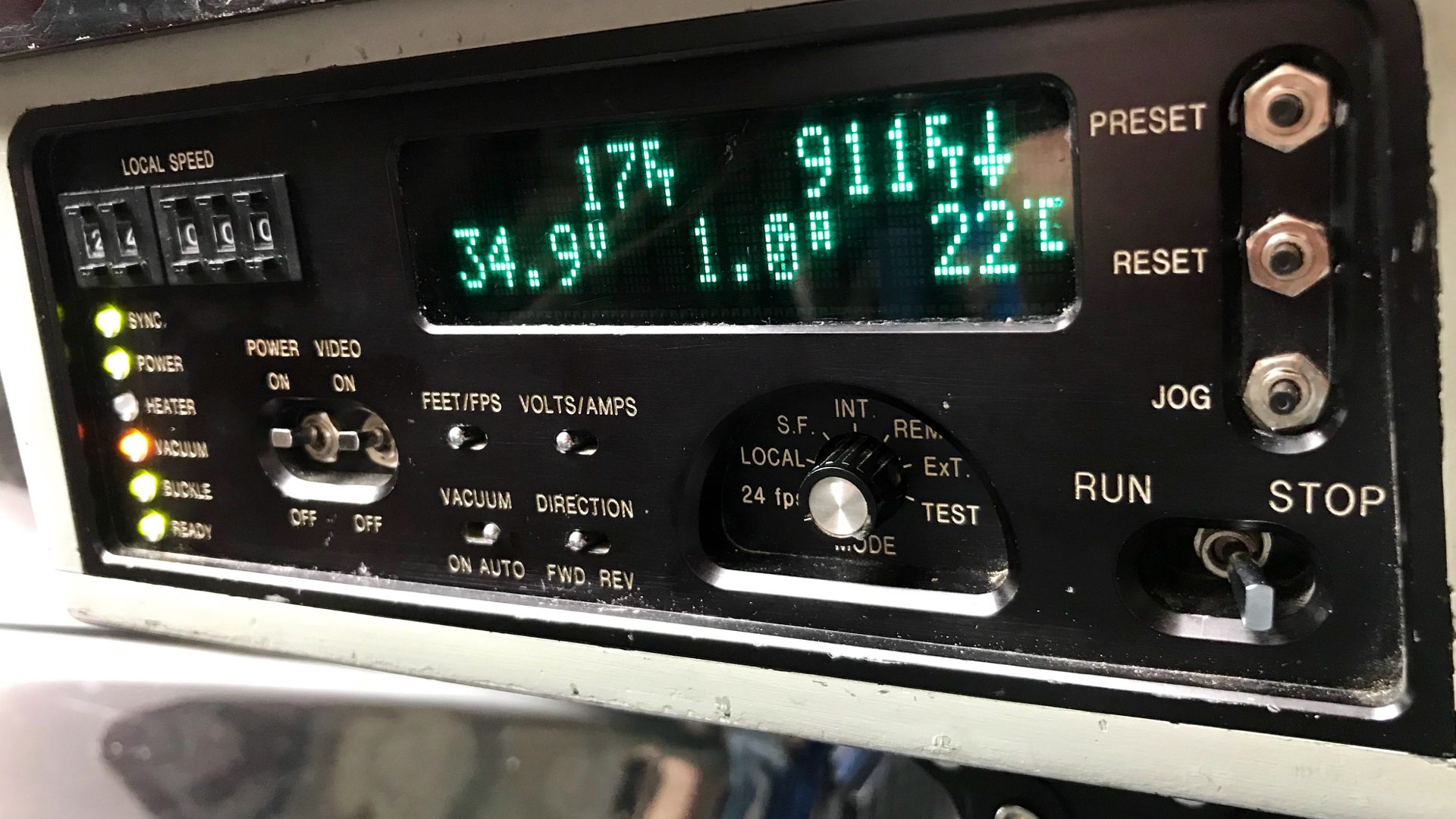
Some people mention the price of $15.000/Week-End; some say it’s cheaper
Cinematographer Mathieu Vié
An awesome cinematography experience
Y.M.Cinema Magazine: Would you recommend professional filmmakers to choose shooting their next high-end project on an IMAX?
Mathieu: That’s an easy answer: YES. If you can afford it, DO IT! Shooting IMAX has been one of the most awesome experiences in my cinematographer’s life, and I hope that most of my peers will be able to experience it as well. It’s a beautiful format, gathering the perks of a film with the perks of large format, so you can expect beautiful skin tones, huge dynamic range, and a spectacular color rendition. It’s definitely a YES!
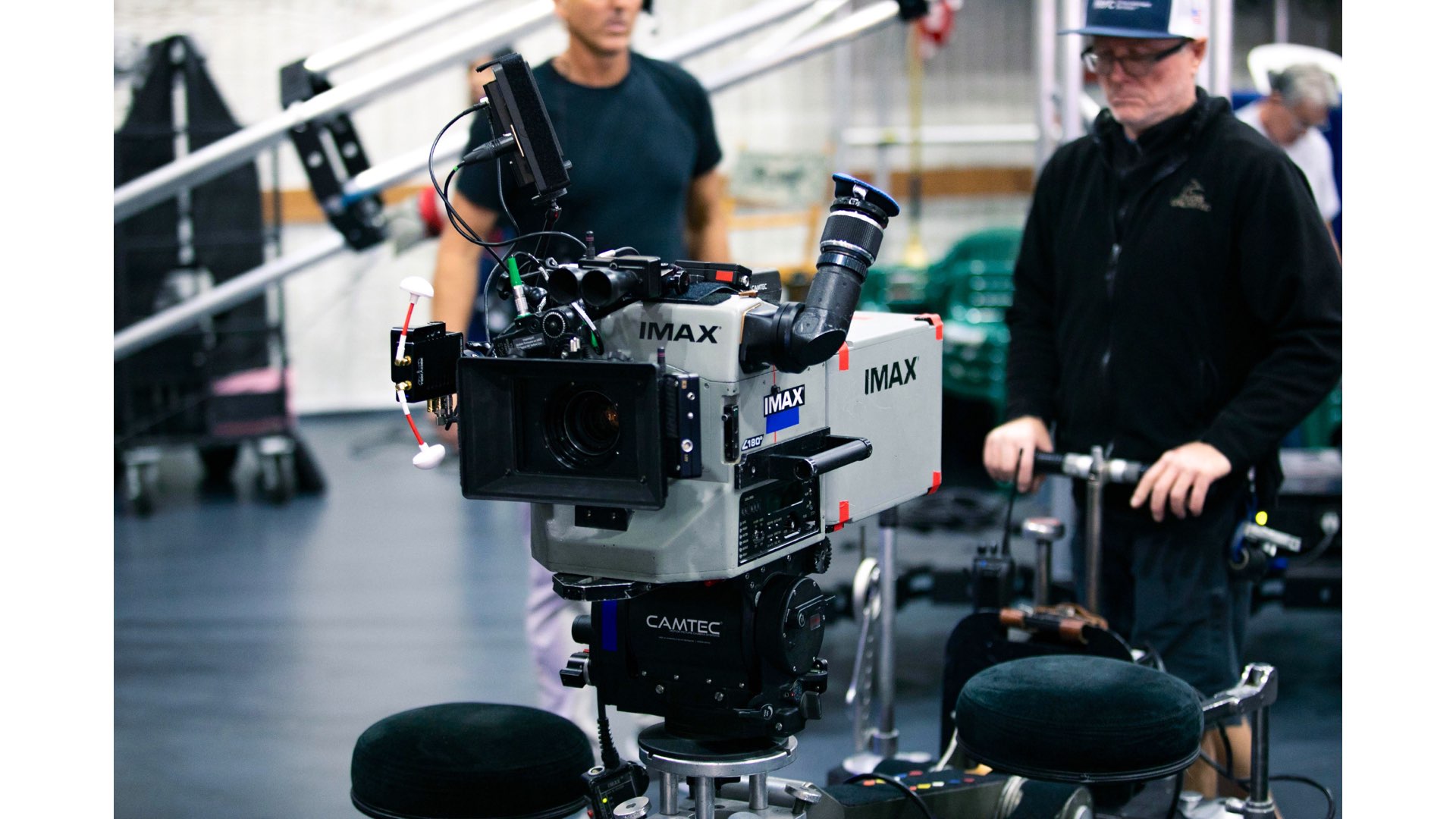
Wrapping up
Y.M.Cinema Magazine would like to thank cinematographer Mathieu Vié for sharing his vast experience with the art of IMAX filmmaking. Check out his website for more inspiring stuff. We hope this article will stimulate you to search and learn more about this fascinating piece of gear, and maybe even shoot your next project on an IMAX.

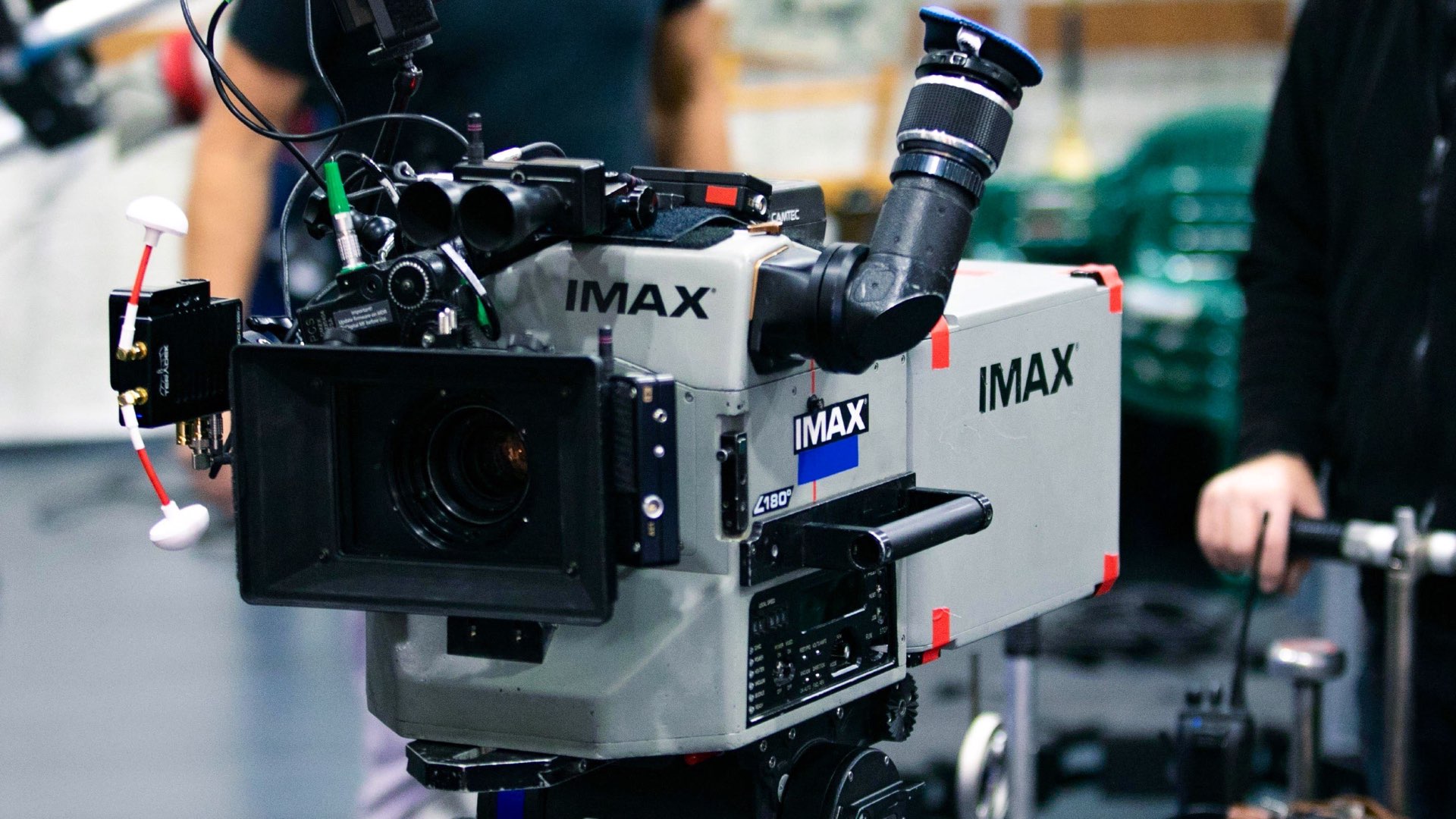
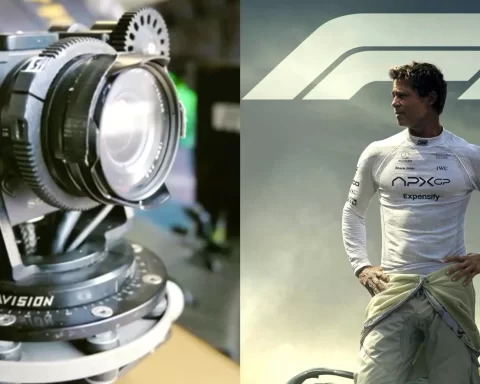
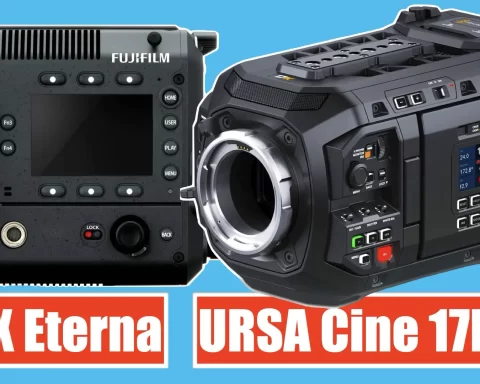

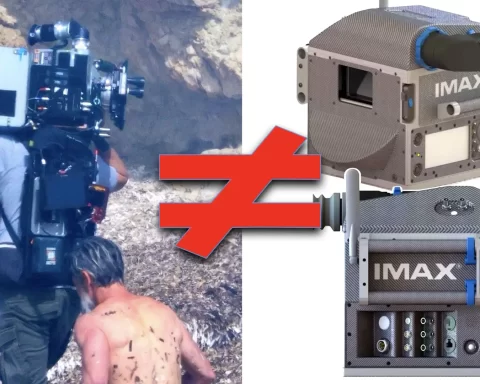

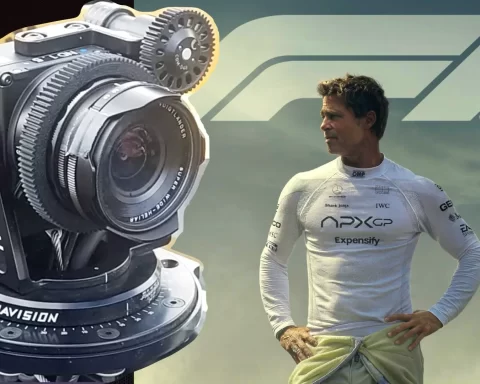



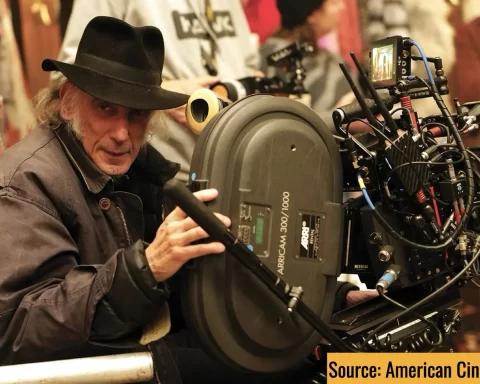
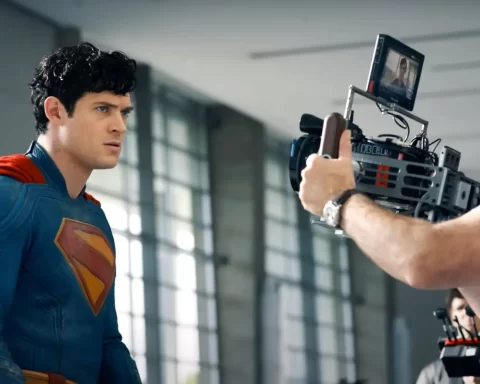
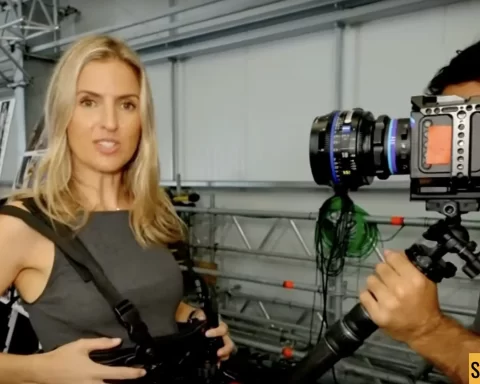
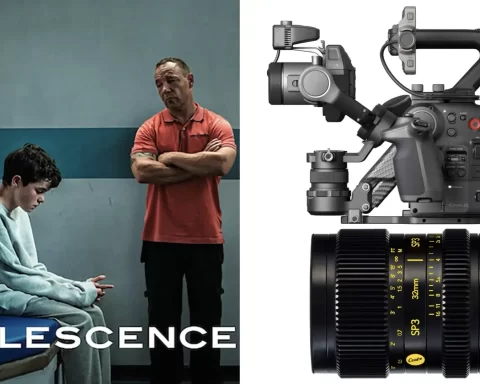


[…] the IMAX MSM has big noise issues which make it impossible in dialogue shots. We wrote an in-depth article regarding IMAX filmmaking and especially the MSM cameras, so if you are eager to learn more about […]
[…] MSM has large noise points which make it unimaginable in dialogue pictures. We wrote an in-depth article relating to IMAX filmmaking and particularly the MSM cameras, so in case you are wanting to be […]
I was the first technical assistant to Bill Shaw in 1972, making me the 5th employee of IMAX. I helped build the second and third cameras by hand at Strite Industries in Hespler Ontario (now Cambridge). I see from the few photos above that the basic mechanism hasn’t changed in 50 years.
Yes the camera is noisy. That is why I made the first clam-shell sound blimp out of lead-lined fibreglass. It was quite rounded and “camera-shaped” remembering that the 1000′ magazine that used to hang off the right side was the size of the usual Hollywood cameras which have it extending upwards out of the 70mm vertical format cameras.
As to “how it works”, it is a ratchet system that has an oscillating arm with 4 pins, two on top and two on the bottom. The arm grabs 4 of the edge holes of the film and yanks it forward. It is exposed to the incoming light through a half-silvered mirror mounted at 45 degrees to the light line. The eyepiece looks down into the same mirror seeing the same light as the film. Half the light goes up, half straight through.
A triangular cam swiftly swings the arm back to the right and it moves forward locking into the 4 holes of the next frame. The speed is variable using a pot at the back. There was a frame rate indicator. It could definitely operate at 30 fps. Before starting a shot the camera was run for a few seconds and the frame rate observed – usually 24 fps.
That cam is noisy. The sound blimp worked well, reducing the sound level to ~55 dB but cumbersome to focus. After that, we could film indoors. A tube extended out the front of the blimp with a standard 122mm diameter lens covering the front. Rotating that tube turned the manual focus of the shorter lenses with a pin.
The most famous disaster with the camera was the launch of Apollo 17. I had trained a camera man (loading, starting, stopping etc) and he was to set it up near the launch in a way that it could see the Saturn V and a lot of clear sky above it because he was not allowed to be there. The film speed was so fast that when turned off, the infeeding reel of unexposed film would coast quite a bit, several turns, because it is heavy. To start again, the pulley under the cassette had to be turned back to tighten the unexposed film. If not, the ratchet would simply break the film as there wasn’t enough time to bring the immobile portion up to rotating speed (300 ft/min).
The cameraman was under strict instructions not to push the Start button until it was T minus 10 seconds because by then they can’t stop a launch. He was located more than a mile away in a bunker with a simple switch in hand. He knew that it could film 3 minutes and 28 seconds with a full 1000 ft reel. He flipped the switch at T minus 30 seconds. At about T minus 16 seconds the launch was put on hold! Desperately he watched the clock and when it was obvious the film would to run out before the launch, he turned it off to save some for the “amazing moment”. The film coasted to a stop and there was no way for him to get out there to wind back the slack. The countdown resumed. At T minus 10 he turned on the camera again and one second later the film broke.
Thus in spite of the camera existing from 1970, there is no IMAX film of a Moon launch.
The whole system was built for the World’s Fair in Osaka, 1970. The first film was a wildlife documentary of animals in Swaziland, probably taken at Hlane Game Reserve. All the early films were 20 minutes long because that was all the weight the projector could hold. The reels weighed 400 pounds each and were changed with a forklift. The camera used ordinary 70mm film with a sound track synch on the side, but the projector had to use mylar film. Processed, it was $3 per foot, and it could only be shown a small number if times, in the dozens.
For techies interested in such things, the projector lamp was 25 kilowatts, 600 amps at 50 volts – a $5000 short arc xenon high pressure lamp with a life of ~500 hrs. Sometimes the exploded violently. The frame rate was 24/sec but the projector shows each frame twice. The projector was the major technological innovation, not the camera. It was a rolling loop projector based on an Australian invention they bought for $10,000.
At the time the company was not called IMAX, the projector was. It was called Multi-Screen Corporation. They had 2 films projected at the World’s Fair in Montreal, 1967, one with 5 synchronized screens in the shape of a “+”.
The second projector was a wonder to behold, send to the San Diego Planetarium. The optics were designed by a computer in Japan that took a month to run the program. Hasselblad declined to trying make it. The third projector went to Circus World in Orlando, Florida. The flat screen was 80 x 100 ft – the largest in the world at the time – much larger and 5 times brighter than a drive-in theatre. The front row had a 170 degree wide view. Good memories.
What a wonderful comment, Crospin! Indeed, great memories.
Wishing you all the best.
Just wanted to say thanks for sharing your experience instead of just reading the article, was very interesting to hear about the apollo screw up. I’m quite surprised those cameras had the ability to shoot any faster than 24fps.